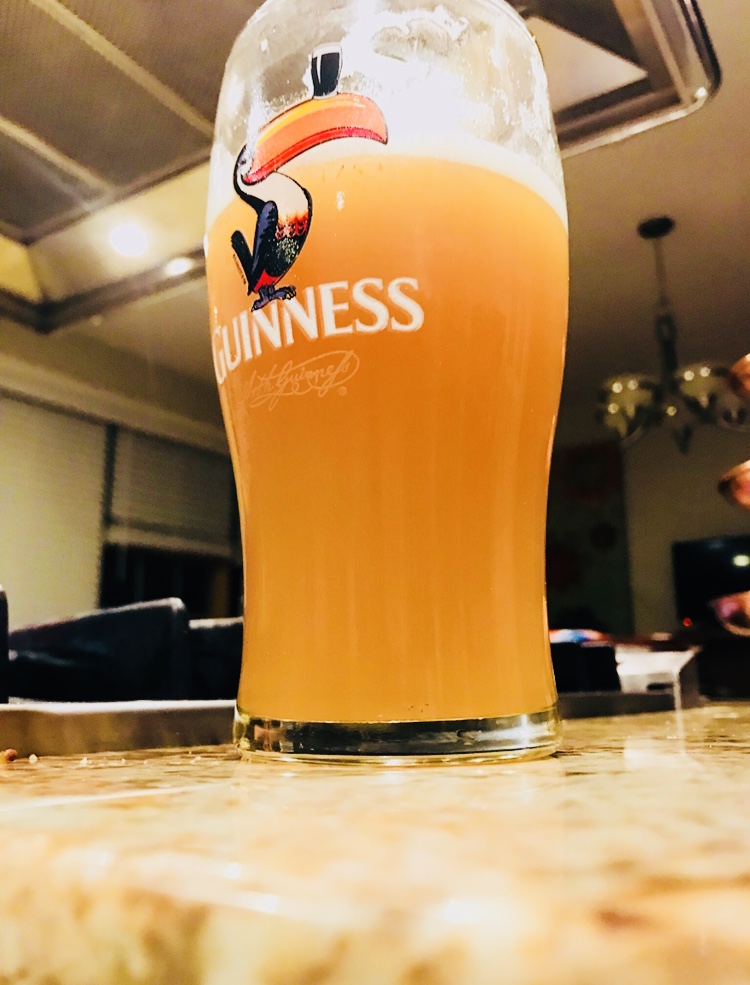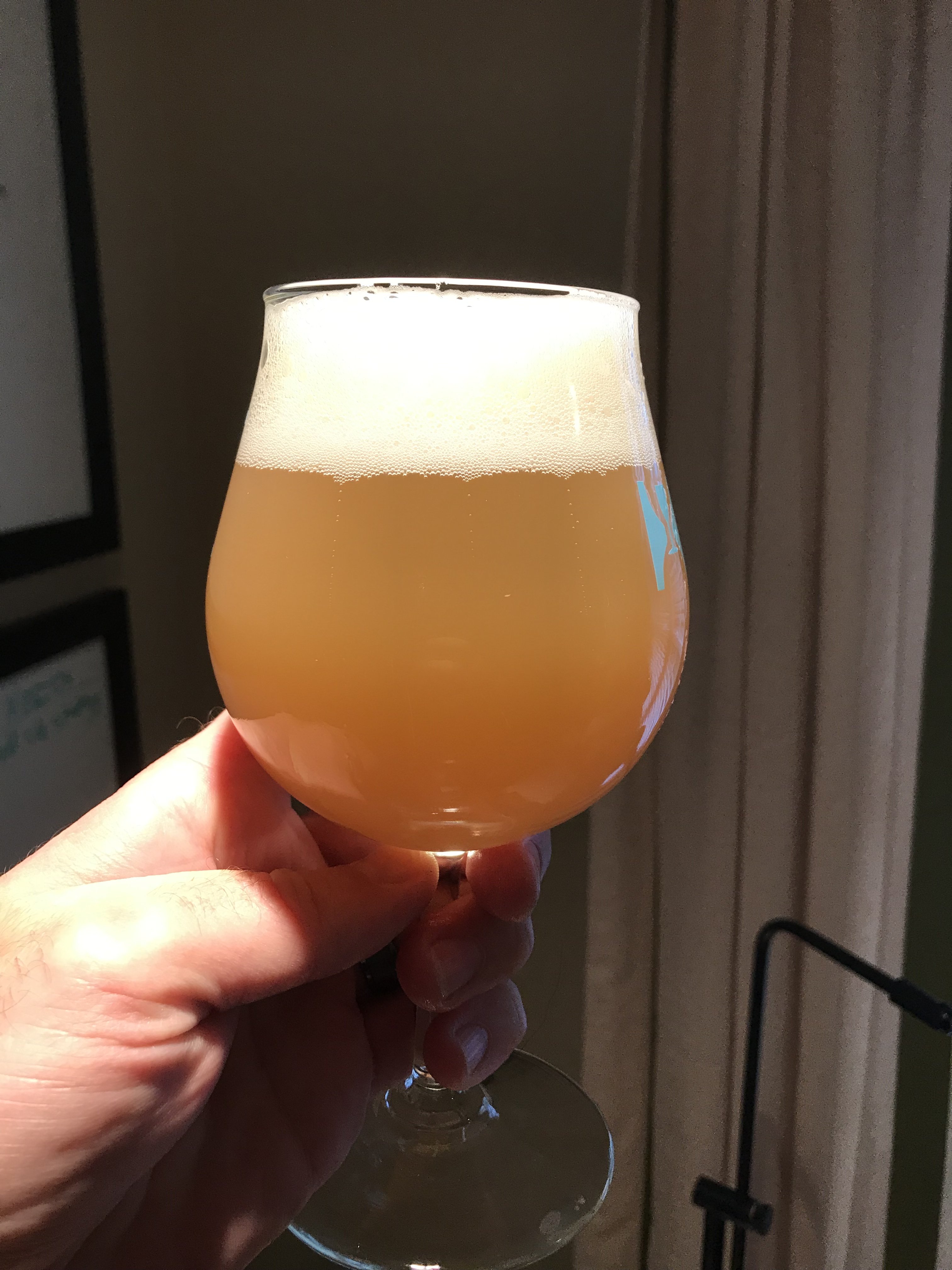popquizkid
Well-Known Member
- Joined
- Oct 29, 2013
- Messages
- 216
- Reaction score
- 89
Never tried fermenting a stout with any of my ipa yeast. Could def be interesting. Just be carful with that small of a starter. I’m a firm believer in a fast fermentation. Depending on the age of the yeast, I typically always do 2 liter starter
I probably did not explain myself well.
I made a 2L starter for the stout which was really more than I needed. I pulled 16oz of that into a sanitized mason jar and will move to the fridge after it ferments all of the way out. When I go to make the next IPA I will make another starter, decant the wort off the yeast in the jar and pitch that into a starter for the IPA. That is how I reuse yeast instead of pulling it out of the fermented batch. Much easier and cleaner.
As far as 1318 -- it has only been an IPA yeast as of recent times. Wyeast has stout listed as one of the styles it works in and have heard good things so figured what the heck. This will be the first time I have used in a stout (in the past I used 007) but I wanted to get a couple other batches out of the yeast so figured I would give 1318 a shot.





